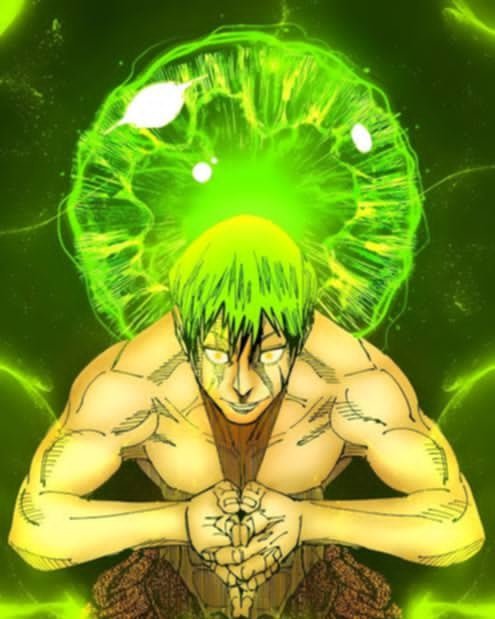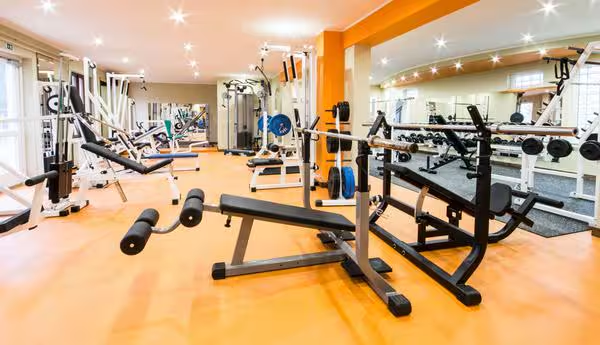
The world of manga has witnessed countless legendary series with unforgettable scenes etched into fans’ memories. Among these modern titans, Jujutsu Kaisen—commonly abbreviated as JJK—stands out as a visual and narrative force. One of the major aspects contributing to the global popularity of the manga is its exceptional panel work. From dynamic fight sequences to emotional close-ups, JJK manga panels are a stunning blend of artistry, storyboarding, and raw emotion.
The Evolution of Manga Panels in Jujutsu Kaisen
Jujutsu Kaisen debuted in Weekly Shonen Jump in 2018, and since then, it has pushed the limits of traditional manga paneling. Gege Akutami, the mysterious creator of JJK, uses an evolving style that adapts with the emotional tone and pacing of the story.
Unlike some manga that rely on standard panel layouts, Akutami often breaks conventional formats, experimenting with page layouts, shifting perspectives, and negative space to intensify key moments. Whether it’s a chaotic battle scene or a haunting still moment, every panel is crafted to serve a specific emotional or narrative purpose.
What Makes JJK Manga Panels Stand Out?
There are several elements that contribute to the uniqueness of JJK’s panel work:
1. Dynamic Action Layouts
One of the strongest points in Jujutsu Kaisen is how it handles action. The battles in JJK are not just physical—many of them involve cursed techniques, domain expansions, and psychological warfare. Akutami uses sweeping motion lines, varied panel sizes, and layered perspectives to give readers a sense of motion and chaos.
The flow between panels is seamless, allowing readers to feel the impact of punches, dodges, and cursed energy techniques.
2. Expressive Facial Close-Ups
JJK manga panels are also rich with emotion. Characters such as Yuji Itadori, Megumi Fushiguro, Gojo Satoru, and Sukuna are often shown in close-up with highly expressive faces that convey intense fear, rage, sorrow, or determination.
These emotional panels humanize even the most supernatural characters, deepening the reader’s connection to the story.
3. Visual Symbolism
Akutami frequently uses symbolic imagery in JJK manga panels. Scenes such as Itadori covered in blood after a cursed spirit exorcism, or Gojo’s eyes glowing through his blindfold, become visual metaphors for power, duality, and inner conflict.
These visuals make JJK stand apart as more than just a typical battle manga—it’s also a psychological and spiritual journey.
Iconic JJK Manga Panels That Fans Will Never Forget
Let’s take a look at some of the most iconic panels in the Jujutsu Kaisen manga that have stunned the fanbase worldwide.
1. Gojo Satoru’s Domain Expansion
Gojo’s Domain Expansion: Unlimited Void is one of the most jaw-dropping moments in early JJK. The panel where the technique is activated is masterfully drawn. A spiral of metaphysical knowledge and emptiness engulfs the enemy, giving readers a visual representation of sensory overload.
It’s more than an action scene—it’s a philosophical statement about existence and omniscience, all expressed through a few pages of manga.
2. Yuji’s Inner Conflict
Yuji Itadori’s guilt and trauma after witnessing death, especially in the aftermath of the Shibuya Incident, are portrayed in haunting panels. The page where Yuji collapses, surrounded by the dead, is one of the most emotionally charged scenes in the series. The minimalist background and focus on his anguish make the panel unforgettable.
3. Sukuna’s Smirk
Whether it’s during a brutal kill or a cryptic conversation, Ryomen Sukuna often displays a sinister smile. These panels, though deceptively simple, encapsulate his unpredictable and terrifying nature.
Sukuna’s design is so iconic that a single smirk drawn in a close-up frame becomes more threatening than pages of dialogue.
How Gege Akutami Uses Paneling to Build Tension
JJK doesn’t rely on lengthy exposition to create suspense. Instead, Akutami builds tension visually:
- Silent panels are frequently used before a big revelation or a character death.
- Zoomed-out shots isolate characters to evoke loneliness or dread.
- Irregular panel shapes during chaotic battles mirror the unpredictability of cursed energy combat.
One of the best examples is during the Shibuya Incident arc, which is often hailed as the peak of JJK’s panel work. The pacing, facial expressions, and sudden perspective changes make each scene feel like a horror film unfolding in real-time.
The Artistic Style of JJK Manga: A Gritty Aesthetic
Unlike many other polished Shonen manga, JJK’s art style is intentionally gritty and raw. Some panels are purposefully sketch-like, with messy ink strokes and minimal detailing. This isn’t due to lack of skill—it’s a deliberate stylistic choice to enhance the chaotic and bleak world of Jujutsu sorcery.
While early chapters showed a more simplistic style, Akutami’s confidence as an artist grows exponentially throughout the series. The later arcs, including the Culling Game and the Gojo vs. Sukuna battle, feature panels that rival some of the best in manga history.
Fan Reactions and Online Buzz Around JJK Panels
Social media platforms like Twitter, Reddit, and TikTok are flooded with fan edits, colorizations, and tributes to famous JJK manga panels. Hashtags like #jjkpanel, #jujutsukaisenart, #akutamiartstyle routinely trend after a new chapter release.
Some fan-favorite topics include:
- Coloring iconic black-and-white panels
- Redrawing JJK panels in other art styles
- Breaking down panel symbolism in video essays
This vibrant online community shows that JJK isn’t just a manga—it’s a cultural and artistic movement.
Comparison with Other Modern Manga
Many fans compare JJK’s paneling with that of Chainsaw Man, Attack on Titan, and Bleach. While each series has its own strengths, JJK is often praised for:
- Combining clean storytelling with messy emotions
- Creative domain battle layouts
- Minimal text during action sequences
Unlike manga that explain too much or get bogged down in dialogue, JJK trusts its visuals to carry the weight of the story—and it succeeds.
Panels as a Narrative Tool: Minimalism Meets Impact
Gege Akutami uses manga panels not just to show, but to guide emotion and tempo. Some key strategies include:
- Page-wide single panels for emotional climaxes
- Vertical panel drops during a character fall or death
- White backgrounds to convey emptiness, black for fear
This minimalist design approach ensures that each panel is purposeful. In a way, Akutami is less of a comic artist and more of a cinematic director.
The Role of Manga Panels in JJK’s Global Appeal
It’s no exaggeration to say that the manga’s visual identity helped fuel its anime success. The MAPPA anime adaptation, while gorgeous, borrows heavily from the panel designs already created by Akutami. Many of the most celebrated anime scenes are faithful recreations of specific JJK manga panels, proving just how influential the source material is.
From promotional posters to merchandise, JJK panels are repurposed as iconic art that fans proudly display.
Best Arcs with Visually Stunning JJK Panels
If you’re new to JJK or want to revisit its finest artwork, start with these arcs:
- Shibuya Incident Arc – Peak action, horror, and emotion.
- Culling Game Arc – Experimental paneling and new cursed techniques.
- Gojo’s Past Arc – Elegant minimalism with powerful storytelling.
Each arc reflects a different facet of Gege Akutami’s growth as a visual storyteller.
Final Thoughts: JJK Manga Panels as Modern Shonen Art
In the world of manga, it takes more than a good story to stand out—it takes visual brilliance, and Jujutsu Kaisen delivers on all fronts. The manga panels of JJK are not just drawings—they are emotionally resonant snapshots, crafted with purpose and precision.
Gege Akutami’s use of dynamic layouts, symbolism, and gritty aesthetics elevates JJK into a league of its own. Whether you’re an artist seeking inspiration, a writer admiring visual storytelling, or simply a fan, one thing is clear: JJK manga panels are redefining the boundaries of what shonen manga can achieve.




